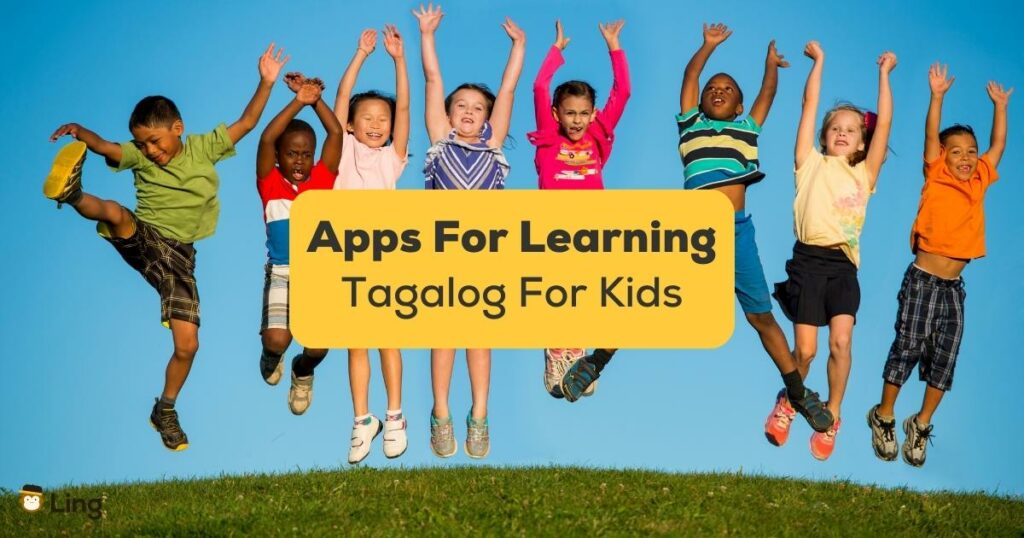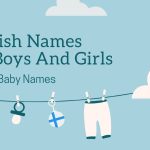Did you know that it can take only three to six months to learn basic Tagalog? On the other hand, full mastery of the language is another story. If you want your kids to get a head start in learning the language easily, here’s a guide to help you find the best apps for learning Tagalog for kids.
As quick as it might be to grasp the basics, learning Tagalog is not as easy as it seems. English speakers may find it tricky to pronounce certain words, understand the grammar rules, and even get a gist of the pronouns locals use. The Foreign Service Institute (FSI) classifies it as a Category III language, which means that it may take at least 1100 hours to gain proficiency in the language. That said, having an early start in learning the language can make a huge difference.
Quick Summary:
Best For
App

Ling
- Gamified learning experience
- Audio recorded by native speakers
- AI chatbot to practice vocabulary

Drops
- Engaging illustrations for each word
- Short & sweet lessons for kids
- A wide range of vocabulary

LinGo Play
- Intelligent flashcards
- Plenty of vocabulary exercises
- Interesting challenges from random opponents
1. The Ling App: Best For Gamified Learning
We’ll start with the app that turns learning Tagalog into a fun experience. The Ling app can introduce kids (and adults!) to simple words first and then progress to something more complex. It offers various exercises in the way of interactive games and activities that learners can enjoy.
If you want to see how much your child has improved, you can track their progress in their profile. You’ll be welcomed with the recorded data of their current and longest streaks. And did we mention that their conversational skills can be enhanced too? The app has a feature that allows them to converse with a chatbot, giving them the chance to practice their pronunciation.

Features
- Teaches vocabulary and phrases in a gamified way with an easy-to-use interface.
- Offers plenty of exercises and options to review what has been learned.
- Affordable price.
- Improves pronunciation with its speech recognition feature.
Pricing
- Free version: Beginner lessons.
- Monthly: $14.99
- Yearly: $79.99
- Lifetime: $149.99
Devices: Android, iOS, Web.
2. Drops: Best For Learning Vocabulary
Next up, we have Drops. If you want an app that focuses on enhancing your child’s Tagalog vocabulary, then this is a good choice. Drops will quickly teach them new words through fun and interactive exercises, and its bite-sized lessons are fantastic for kids with a short attention span.
Moreover, the app has a knack for improving their learners’ visual memory as they show pictures and words and later on ask them to match them. The high-quality audio recorded by native speakers also helps understand words faster and ensures perfect pronunciation.
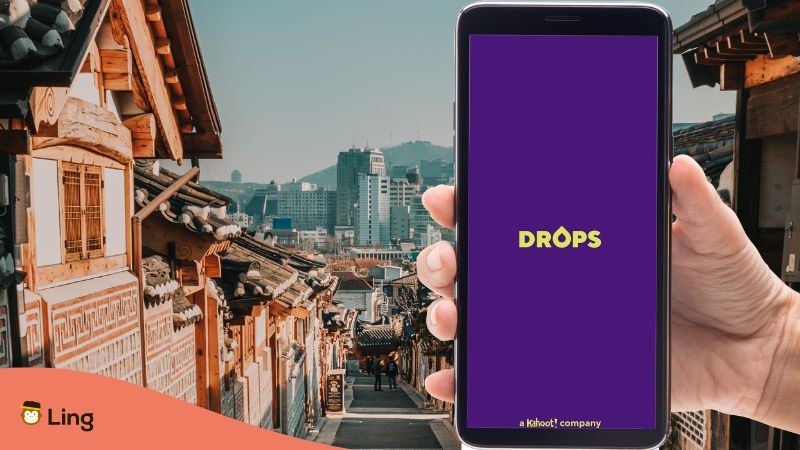
Features:
- Helps create visual connections with new words.
- Engaging and easy-to-use interface that lets learners practice and review vocabulary.
- 5-minute lessons that keep kids engaged.
Pricing
- Free version: Restricted to 5 minutes every 10 hours.
- Monthly: $13.00
- Yearly: $69.99
- Lifetime: $159.99
Devices: Android, iOS, Web.
3. LinGo Play: Best For Competitive Learners
Now, is your child someone with a competitive soul? Then LinGo Play might be an interesting option. This app teaches languages via interactive flashcards and games, and kids can challenge opponents and even invite their friends to learn languages together.
The app gives the option to play a game against another learner. The challenge is simple: to identify which item matches the word, and the player who picks the wrong answer loses. This makes it a great app to make the language learning experience a little different for kids.
Designed for learners of any level, LinGo play is great for beginners but also for kids who may have already started learning the language. It also has plenty of practice exercises that’ll entice your young learners and make them more invested in what they’re studying.
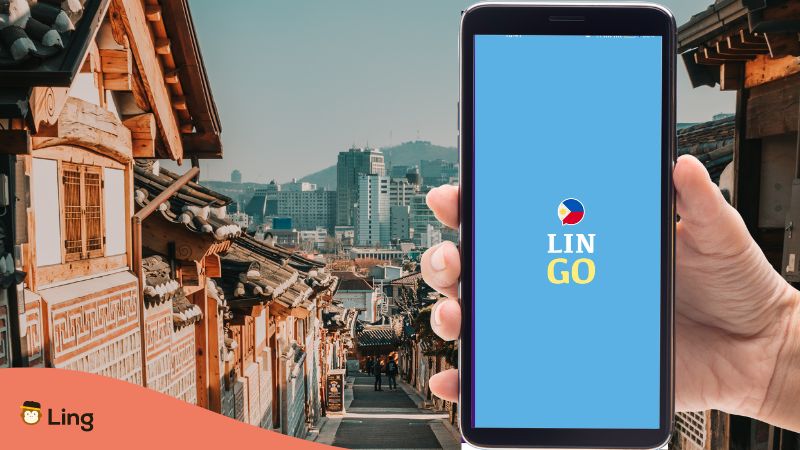
Features
- Allows kids to have fun and challenge random opponents or friends.
- Incorporates flashcards to learn words using visual memory.
- Keeps vocabulary updated with plenty of exercises divided into different topics.
Pricing
- 1 month: $29.99
- 2 months: $44.99
- 6 months: $89.99
Devices: Android, iOS.
4. Tobo: Best For Conversational Vocabulary
Tobo isn’t the most popular app out there, but it can be a great option for learning conversational vocabulary. The app teaches common Filipino words relying on interactive flashcards. As such, kids have the option to memorize the words as they see them or swipe left to leave them for later.
These flashcards focus on teaching the user how to say the word first and then flip it to reveal its meaning. The goal is to quickly introduce common words and phrases that can be handy in a conversation. It has 70 levels, each containing 50 words, that children may go through at their own pace.
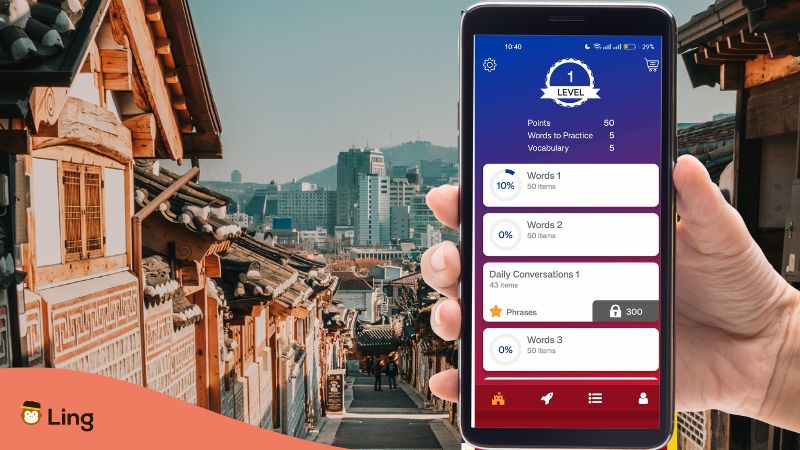
Features
- Lessons focus on teaching conversational vocabulary quickly.
- Teaches 3500 most common Filipino words trough interactive flashcards.
- Offers a variety of exercises, games, and word lists.
Pricing
- 1 month: $2.99
- 3 months: $6.49
- 1 year: $18.99
Devices: Android, iOS.
5. Mondly: Best For All-In-One Learning
If you’re looking for a more holistic approach to language learning, Mondly is a good alternative. It aims to improve all four language skills: reading, writing, listening, and speaking, at the same time.
Like Tobo, Mondly also focuses on teaching common phrases. This allows the user to take part in conversations as quickly as possible. With a gamified approach to learning and bite-sized lessons, it can be quite interesting for younger users. Furthermore, Mondly also incorporates speech recognition features, and it has a very colorful interface that your child will probably enjoy.
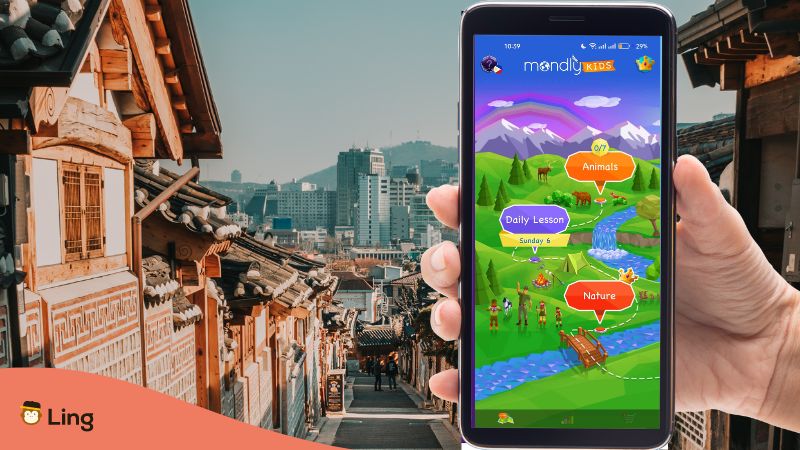
Features
- Colorful and easy-to-use interface.
- Speech recognition features to ensure good pronunciation.
- Professional native speaker voice actors.
- Unique repetition system for faster learning.
Pricing
- Free limited version.
- Monthly subscription (one language): $9.99.
- Yearly subscription: $47.99.
- Lifetime (41 languages): $99.99.
Devices: IOS, Android, and Web.
6. Rosetta Stone: Best For Language Immersion
If you want a stricter learning approach, then try out Rosetta Stone. Its famous immersive approach will teach kids Tagalog as if they were learning their native language, promoting long-term retention.
Rosetta Stone offers lessons on grammar, pronunciation, and vocabulary, so your kids won’t be missing any important details when learning the Filipino language. Furthermore, the immersion method significantly improves listening and speaking skills, allowing them to communicate naturally and confidently.
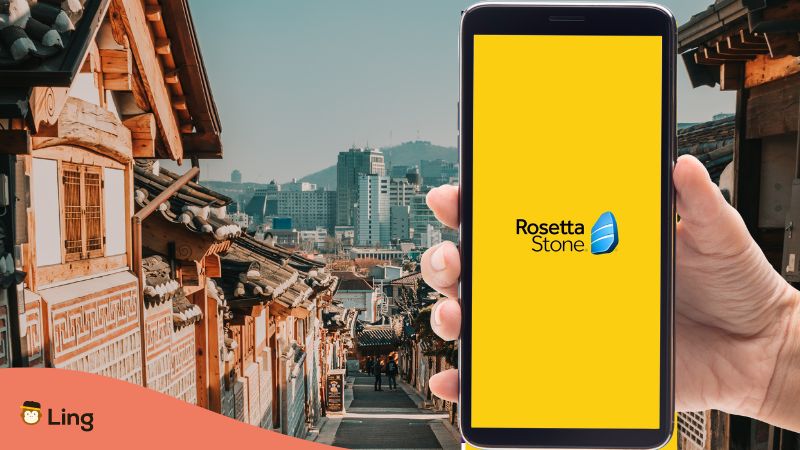
Features
- Lessons can be downloaded for offline use.
- Speech recognition feature that gives instant feedback on pronunciation.
- Immersive approach that goes beyond memorization.
- Bite-sized lessons that can fit any schedule.
Pricing
- 3-month subscription: $47.97
- 12-month subscription: $95.88
- Lifetime: $149
Devices: Android, iOS, Web.
Why Should Kids Learn Tagalog?
If the span of time it takes to learn the language shocked you, think of how overwhelming this could be for kids. Luckily, it has long been established that learning languages is much easier for younger people due to the way our brains develop. As such, learners are much more likely to pick up new languages if they do so at an early age.
That’s why, instead of sticking with the traditional learning methods, you might want to take a different route and try some easy-to-use apps to learn Tagalog. Furthermore, perhaps you find the kids getting easily distracted as you try to teach them the old-school way. If so, then you might want to encourage them to learn at their own pace, which is something a lot of these apps can help with.
With this in mind, we’ve gathered the best applications that’ll make learning Tagalog for kids a hundred times easier. These apps can pique your child’s interest and help them enjoy their learning journey!
Which Tagalog Learning App For Kids Should You Pick?
Teaching a new language to children can be a challenge for most parents. The apps on this list can change this by making the experience much more fun and engaging for the kids, while at the same time lending a hand to the parents.
If you’re really interested in improving your young one’s Tagalog-speaking skills and making it easier for them, then the Ling app is your best bet. With its gamified exercises and the advanced features it offers, learning becomes a lot easier and way more fun. Even just 10 minutes on the app can help them easily remember different words and phrases!
So download the Ling app today on the Play Store and App Store and start their learning journey!
